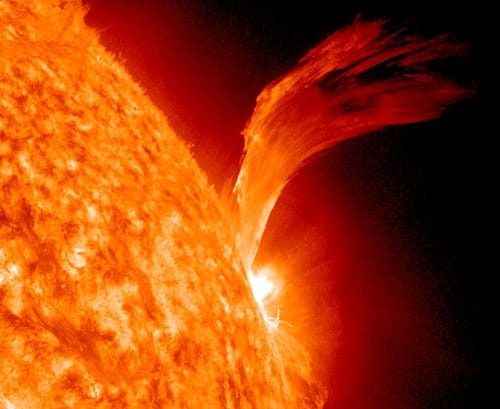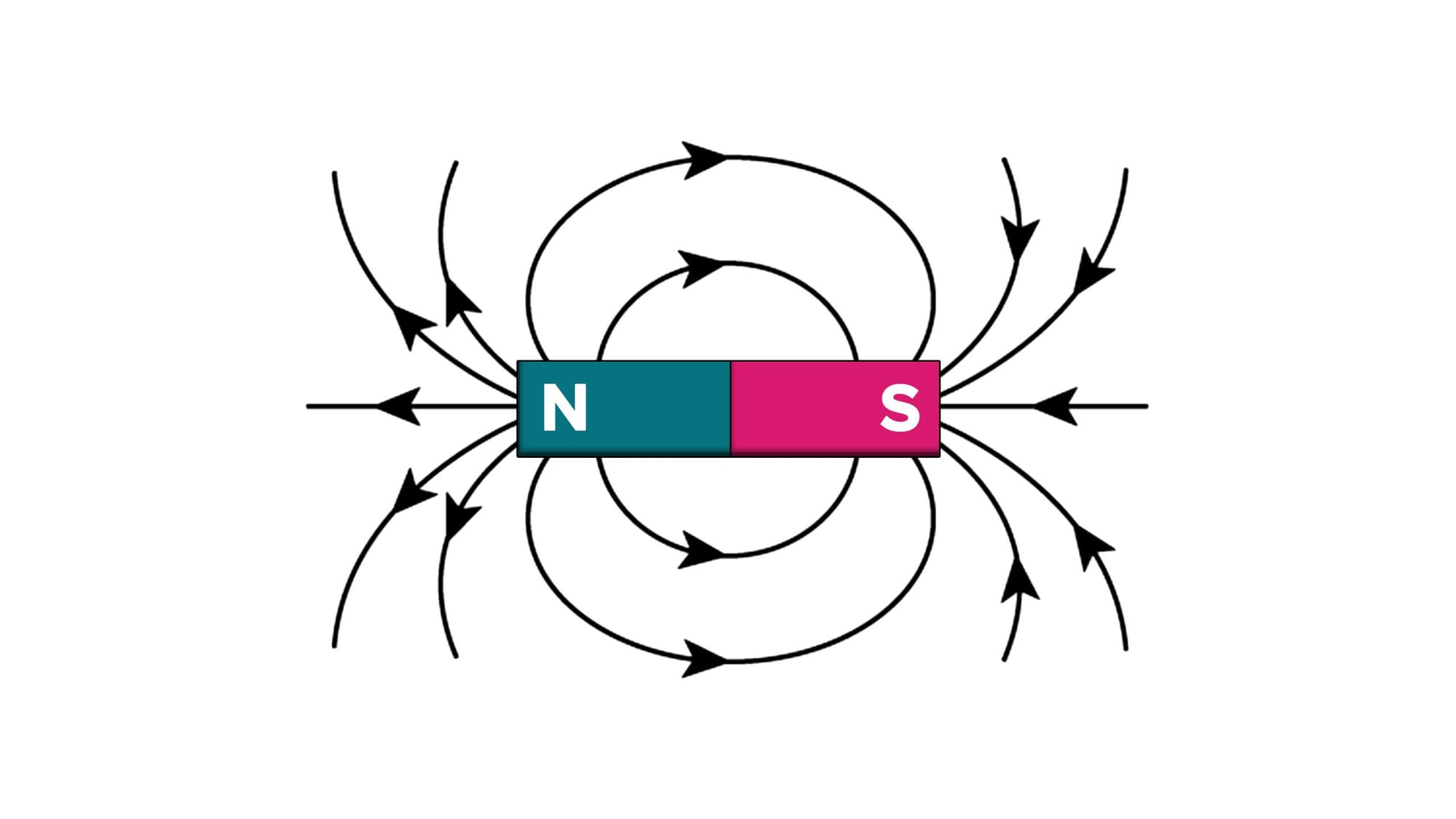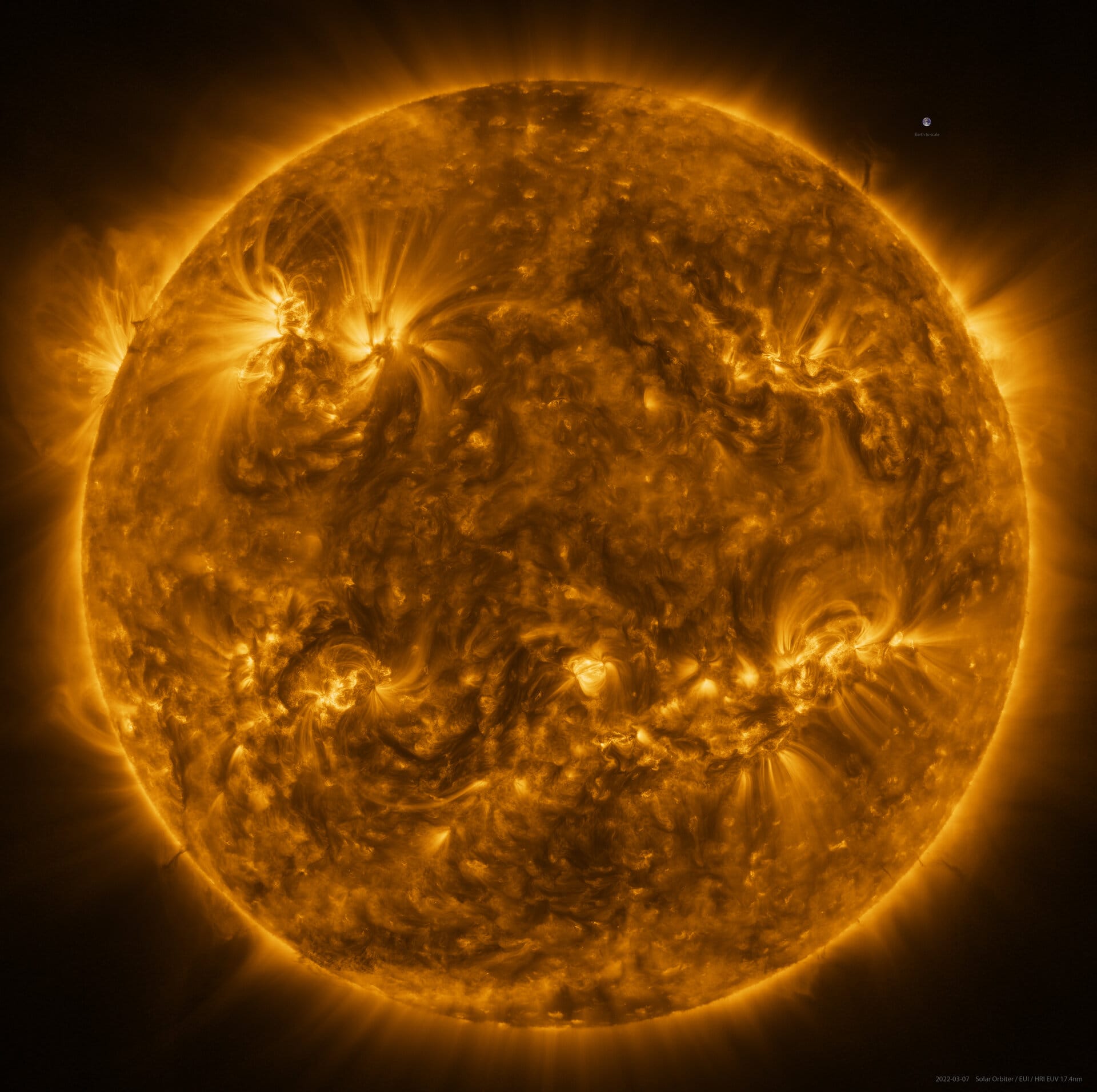The Dual Nature of Solar Storms
The ethereal beauty of the aurora borealis, with its undulating curtains of green and red, is a captivating display of the Earth's protective embrace against solar storms. These storms, caused by the release of massive amounts of plasma from the Sun's corona, paint our skies with luminescent art and send ripples of disruption through our atmosphere and technological systems. Why is the aurora a by-product of solar storms, and what else do they bring besides pretty skies? These spectacles starkly contrast the potential havoc solar storms can wreak.
The Carrington Event.

The Great Aurora of 1859 also known as the Carrington Event, epitomizes this duality. It showcased the aurora's beauty, visible even at lower latitudes, and demonstrated the disruptive power of geomagnetic currents. These currents disrupted telegraph systems and highlighted the vulnerability of technological systems to solar activity. This event serves as a reminder of the need for vigilance and preparedness against solar activity's volatile nature, balancing the wonder of natural phenomena with awareness of potential hazards.
In August 1859, astronomers worldwide observed increased sunspots on the solar disk. Among them was Richard Carrington—an amateur astronomer in England who bore witness to a powerful solar flare emanating from the Sun. The flare traveled one astronomical unit, Earth's distance from the Sun, 150 million kilometers. What Carrington didn't know until about 24 hours after his observation was that these charged particles would affect many earthly aspects.
The Carrington Event displayed the raw power of solar storms and raised questions about the fundamental scientific principles at play. To grasp the full extent of how much solar phenomena impact Earth, it's crucial to delve into the underlying science, particularly the magnetic properties that govern such interactions.
Well...What Are They?
What exactly are they? The Borealis lights are created by the Earth's magnetic field, which act like highways guiding particles from the Sun. This field bends these particles towards the Earth's poles. The difference between where compasses point (magnetic north) and the actual top of the world (true north) also nudges these particles. When they arrive at the poles, they light up the sky as they bump into different air particles like oxygen and nitrogen. The strength and tilt of the Earth's magnetic field change depending on where you are, and this affects how often and how bright the northern lights can be seen.
The day after Carrington's observation, Earth also experienced severe geomagnetic consequences. Aurora borealis is usually confined to the magnetic poles of Earth, such as Scandinavia and Antarctica, but after this powerful storm, they were prominently visible in more tropical areas nearer to the equator, like Hawaii and Cuba, and near Columbia's border.
Before this, scientists didn't know what caused aurora borealis. These magnificent light displays seemingly had nothing to do with solar flares. But these events following a powerful solar flare were telling.
Carrington put two and two together and realized that the solar flare he'd seen was almost certainly the cause of this massive geomagnetic disturbance. This was a connection that had never previously been made, according to NASA Spaceflight.
According to NASA Earth Observatory, the origins of space weather can be traced to contortions in the sun's magnetic field, leading to dark blotches or sunspots on its surface. It's from these spots that solar flares, coronal mass ejections and other electromagnetic phenomena can emerge — with potentially hazardous consequences for our technological way of life.
And this Sun activity rises and falls on an 11-year cycle. We're currently approaching the next solar maximum in 2025. So now is a good time to look at the worst that solar storms bring with them. To really understand their effects, we'll have to break it down.
Magnetic properties of solids.

The field results from various factors, including the alignment and movement of electrons within materials. Some materials respond to external magnetic fields by aligning their electrons to slightly strengthen or weaken the overall field. These reactions are categorized into different types based on the behavior of the electrons in atoms and molecules, which influences the material's magnetic properties.
Everything around us responds to Earth's magnetic field in its unique way. Some materials slightly push back against this field, others are weakly attracted to it, and some can become permanently magnetic. This behavior comes down to the movement and arrangement of those tiny electrons in the materials. By looking at how these electrons behave, we can understand and categorize the materials into three groups: diamagnetic, paramagnetic, and ferromagnetic, each with a distinct type of magnetic reaction.
Diamagnetic materials push away from the field due to currents created by their electrons. Paramagnetic materials are slightly pulled towards the magnetic field because they have electrons that aren't paired up and align with the field. Then there are ferromagnetic materials, which really like magnetic fields and can stay magnetized even when the field is gone, thanks to how their atoms line up together. These differences define how each material behaves around magnets.
Just as materials respond to magnetic fields due to the behavior of electrons, the solar wind interacts with the Earth's magnetic field. The solar wind's electrons and other charged particles follow the magnetic field lines toward the poles, as electrons align within a material in response to magnetism.
Solar flares can disrupt Earth's telecommunications because they cause disturbances in Earth's magnetic field, affecting satellites and power systems. These flares can also pose risks to astronauts due to high-energy radiation.
It acts like an invisible shield around Earth, generated mainly by the movement of molten iron in its outer core, extending into space, and forms the magnetosphere, which protects us from solar wind—charged particles released by the sun. Our communication systems rely on satellites orbiting within this magnetosphere. The field deflects many of the solar particles, maintaining the integrity of the satellites' operation. This protective feature of the magnetic field enables satellites to function appropriately, facilitating global communication and navigation services without constant interference from solar radiation.
What Are The Terrestrial Effects of Solar Storms?

Imagine birds, renowned for their precise migratory paths, suddenly losing their way, or sea turtles, known for their remarkable navigation skills, straying miles off course. This disorientation, caused by disturbances in Earth's magnetic field during solar storms, not only risks the immediate well-being of these creatures but can also disrupt delicate ecological balances. For instance, if birds fail to reach their breeding grounds on time, it could significantly impact the insect populations they feed on, affecting the entire food chain.
They also interrupt atmospheric chemistry by changing Earth’s air quality and climate. Bigger solar storms subtly alter our atmosphere's chemistry, leading to unexpected consequences. For example, increased radiation from a solar storm could change the ozone concentration in the upper atmosphere. This might not only impair satellite communications but also potentially influence weather patterns. Over time, these changes could accumulate, shifting our climate in ways we're only beginning to understand.
The increased ultraviolet radiation from solar storms could also stress plant life. For example, A young sapling receives a sudden surge of UV radiation. This exposure could damage its DNA, stunt its growth, or even lead to its demise. Over the long term, these stressors could shift the composition of plant communities in particular ecosystems, altering everything from local biodiversity to carbon sequestration capabilities.
Now Earth's ionosphere. Consider a transatlantic flight, relying on consistent radio communication for safe navigation. A solar storm could disrupt these signals, leading to communication blackouts. These disruptions, though temporary, could have serious implications, especially in critical situations like emergency responses or aviation navigation. Over time, with increasing solar activity, we might face more frequent challenges in maintaining reliable communication networks.
And lastly, solar storms increase radiation exposure, particularly concerning for people at high altitudes, like airline passengers or astronauts. For instance, astronauts on a spacewalk during a solar storm might face a significantly higher risk of radiation exposure, potentially leading to serious health issues like radiation sickness or increased cancer risk over the long term. Even airline passengers on polar routes could experience slightly elevated radiation levels during intense solar activity.

As we close in on the next solar maximum, the marvel and menace of solar storms beckon us to a deeper understanding and respect for our Sun's power. The aurora borealis, a sight that has long fascinated humanity, is only a glimpse into the complex interplay between the Sun and Earth. These solar events, equally beautiful as they are disruptive, remind us of our planet's delicate position in the cosmos.
The Carrington Event 1859, a historical testament to the Sun's influence, underlines the need for vigilance. Today, as we are more technologically intertwined than ever, the potential impacts of a similar event could be far-reaching, affecting everything from global communications to our daily lives. Our journey through understanding the magnetic properties of materials, the behavior of the Earth's magnetic field, and the intricate ways in which solar storms interact with our planet highlights a crucial aspect of our existence – our vulnerability to and interconnectedness with the universe.
As we continue to explore and unravel the mysteries of solar activity, let us not forget the lessons of the past. The beauty of the aurora should serve as a reminder of nature's power and not just its splendor. By respecting and preparing for these cosmic forces, we protect our technological achievements and ensure the safety and sustainability of our complex and beautiful world.
The aurora in the night sky is a call to both wonder and wisdom. It invites us to look up and marvel but also to look ahead and prepare. As we face the upcoming solar maximum, let us embrace this dual call with awe and understanding, ready to meet the challenges and opportunities our dynamic Sun brings.
